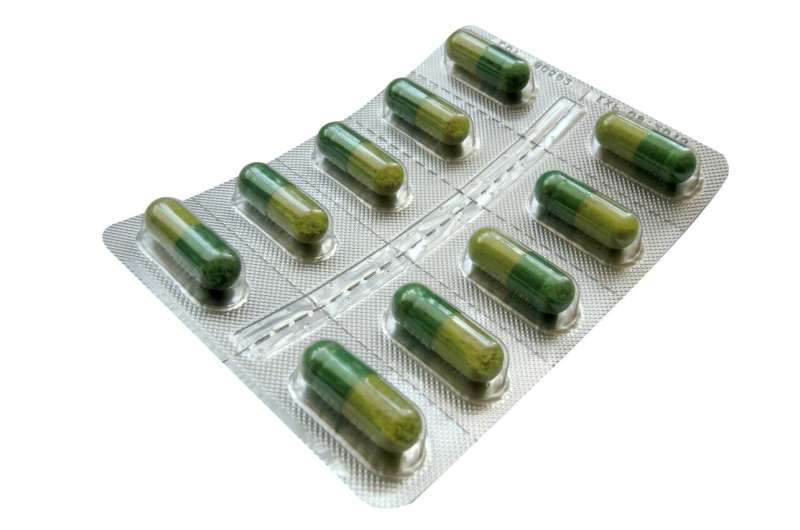Understanding the Difference Between Food Poisoning and Gastroenteritis

Learn the key differences between food poisoning and gastroenteritis, their causes, symptoms, and prevention tips to protect your gut health.
If you're experiencing symptoms like diarrhea, vomiting, nausea, and stomach cramps, it can be confusing to determine the cause—whether it's food poisoning or gastroenteritis. Both conditions affect the gut but have different origins and characteristics.
What is Gastroenteritis?
Gastroenteritis, commonly called 'gastro,' is an infection of the gut caused by viruses, bacteria, or other microbes. These pathogens invade the lining of your gastrointestinal tract, causing inflammation. Viruses like norovirus or bacteria such as Salmonella are typical culprits. This condition is highly prevalent; in countries like Australia, there are estimated to be over 17 million cases annually. The primary source is often contaminated food, but it can also spread through contact with contaminated surfaces or person-to-person interaction.
What is Food Poisoning?
Food poisoning occurs when you ingest food contaminated with toxins, microbes, or chemicals. Contaminants include insecticides, methyl alcohol, or toxin-producing bacteria. Infections with bacteria like Staphylococcus aureus or Listeria can cause symptoms rapidly after consumption. Unlike viral gastroenteritis, food poisoning symptoms can appear within minutes to hours, especially if toxins are involved. It's also referred to as foodborne gastroenteritis and accounts for about one-third of all gastroenteritis cases in Australia, leading to roughly 5.4 million cases annually.
Distinguishing the Two
While symptoms overlap—such as diarrhea, vomiting, and cramps—the timing of symptom onset can help differentiate them. Viral gastroenteritis typically manifests 24–48 hours after exposure and lasts a day or two. In contrast, toxin-related food poisoning can cause symptoms within 30 minutes, though delays of days are possible with certain bacteria like Listeria. Generally, food poisoning appears quickly after eating contaminated food, whereas gastroenteritis can take longer to develop.
Prevention Tips
Good hygiene and proper food handling are essential to prevent both conditions. Regular handwashing, avoiding cross-contamination by using separate utensils for raw and cooked foods, and cooking thoroughly at safe temperatures are vital steps. Maintaining cleanliness after someone vomits or has diarrhea—using disinfectants like bleach—is also crucial. Proper food storage and hygiene help reduce the risk of contamination.
Treatment and Recovery
The main approach to recovery involves preventing dehydration by drinking plenty of fluids. In moderate to severe cases, oral rehydration solutions can be purchased or homemade, consisting of water with salt and sugar. Severe or persistent symptoms warrant medical attention; if needed, seek advice from healthcare professionals.
Understanding these differences can help manage symptoms effectively and adopt preventive measures to reduce the risk of illness. Proper hygiene, food safety practices, and timely treatment are key components of maintaining gastrointestinal health.
Stay Updated with Mia's Feed
Get the latest health & wellness insights delivered straight to your inbox.
Related Articles
Rediscovering denosumab: Exploring its potential as a treatment for breast cancer
Recent research suggests that denosumab, a drug used for osteoporosis, may enhance immune response in breast cancer, opening new therapeutic possibilities. Discover the latest findings in this groundbreaking study.
Breakthrough in Liver Cancer Treatment: Targeted Therapy Counters Cell Plasticity in Mouse Models
Innovative targeted therapy developed by researchers at The University of Hong Kong offers new hope in overcoming treatment resistance in liver cancer through a novel approach targeting cell plasticity mechanisms.
Elevated DHEA-S Levels May Shorten Lifespan in Men, No Impact Observed in Women
New genetic research links higher DHEA-S hormone levels to shorter lifespan in men, highlighting gender-specific health effects and raising questions about supplement regulation.
Research Shows Prefrontal Cortex Biopsies During Deep Brain Stimulation Are Safe
A groundbreaking study reveals that biopsies of the prefrontal cortex during deep brain stimulation surgeries are safe, paving the way for advanced neuroscience research using living human brain tissue without added risks.



